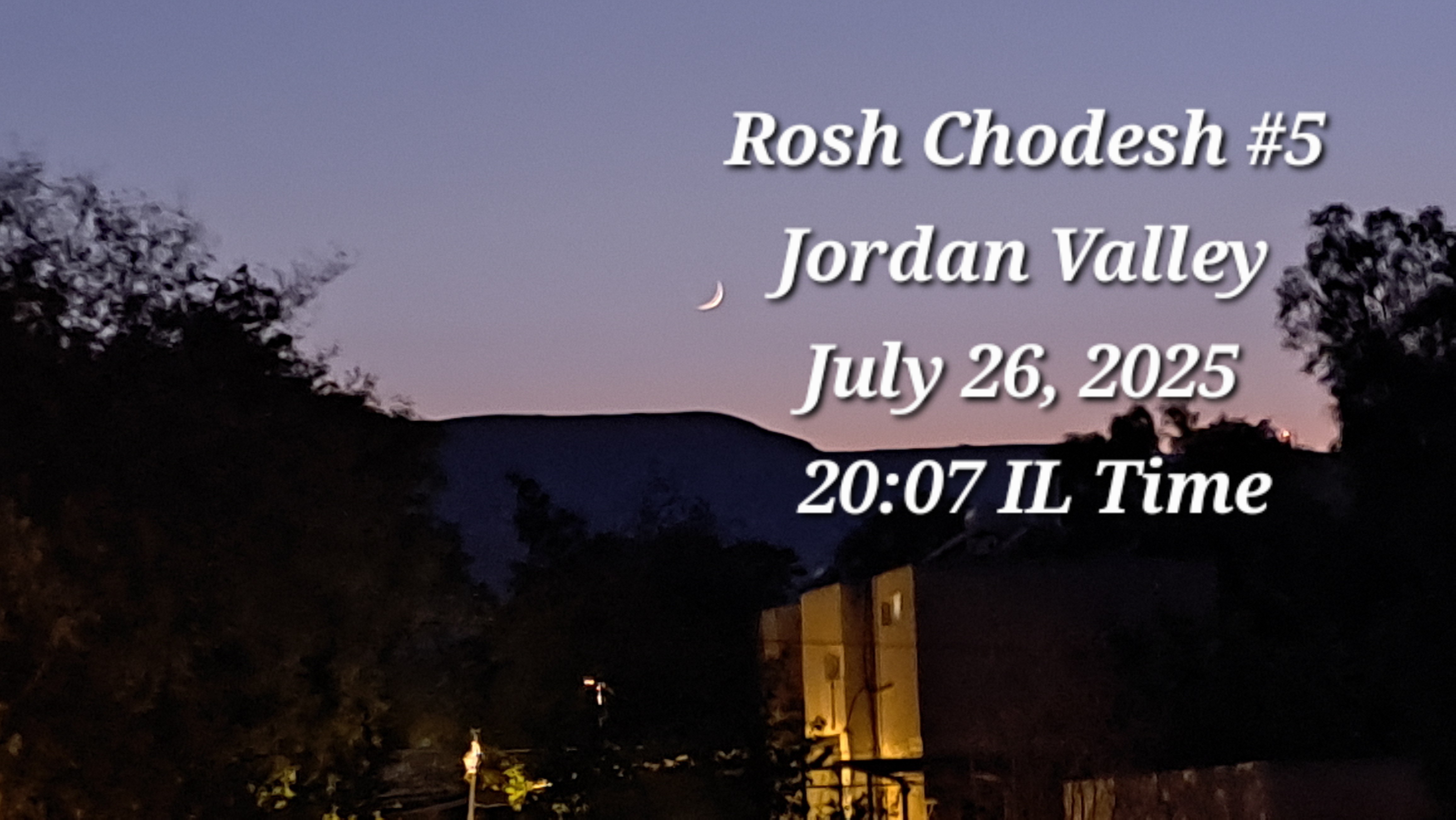Watch
Events
Articles
Market
More
http://www.campephraim.org/new-moon-in-jerusalem/
We are going to meet at 20:30
Shalom dear fellow Shofar Blowers and Listeners!
🔻 Here is your Meeting Link:https://dateful.com/eventlink/2753910087
Feel free to invite others using this link:https://tube.ttn.place/v/KmZMaD
🎤Please let us know if you would like to lead worship in one of the next meetings, or know someone that would.
We are Looking forward to sounding the Shofar with you in Jerusalem!
Shalom,
Camp Ephraim




http://www.campephraim.org/new-moon-in-jerusalem/
We are going to meet at 20:30
Shalom dear fellow Shofar Blowers and Listeners!
🔻 Here is your Meeting Link:https://dateful.com/eventlink/2753910087
Feel free to invite others using this link:https://tube.ttn.place/v/KmZMaD
🎤Please let us know if you would like to lead worship in one of the next meetings, or know someone that would.
We are Looking forward to sounding the Shofar with you in Jerusalem!
Shalom,
Camp Ephraim




When God redeems us, does He expect us to obey Him without question, or does He give us liberty to create our own reality? Maybe the answer is somewhere between those extremes.
https://thebarkingfox.com/2025..../07/26/submit-and-de


